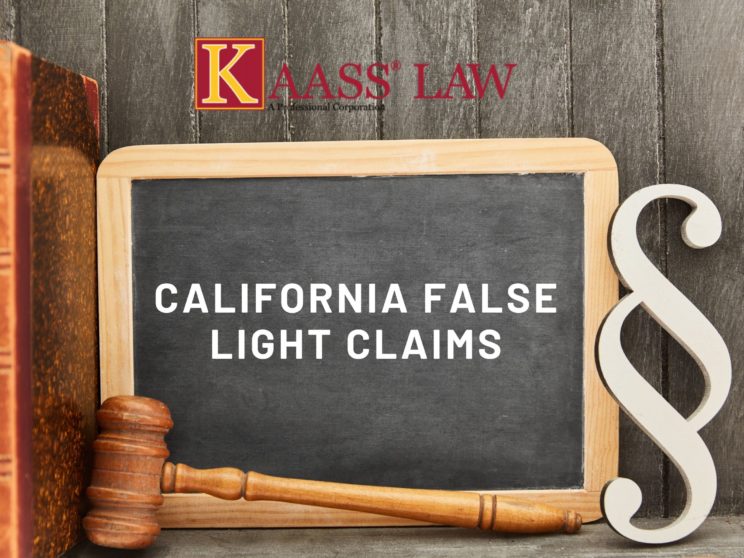What Is a False Light Claim in California?
Invasion of privacy is defined as the intrusion of another person’s right to privacy and can be performed as an unreasonable interference with an individual’s confidential information, solitude, or public image.
False light is considered a type of invasion of privacy tort, and it happens when one person alters the public image of another one by portraying that person in an offensive and false light.
Elements the Plaintiff Must Prove for California False Light Claims
To have a successful claim against a defendant, a plaintiff must be able to prove the following four elements:
- Defendant willfully and intentionally published the information about the plaintiff.
- The publication places the plaintiff in an offensive and false light.
- The publication would be considered embarrassing or highly offensive to a reasonable person.
- The publication was made with absolute disregard for the offensiveness of the content or its potential damage.
What Is Considered to Be Publication?
Publication doesn’t necessarily need to be an actual publication, such as online or in a newspaper. Usually, it involves making the matter public or communicating the matter to the public, which means more than a few people.
Differences Between False Light and Defamation
- Defamation is making public statements about another person in written or oral form communicated to a third party.
- False light involves creating a false impression about another person or publicly portraying him as something he is not.
Both defamation and false light require some falsity published to a third party. The main difference is that defamation is usually a false statement made about another person when false light is a misattribution of a person’s beliefs or actions.
Some courts interpret false light claims as damage to the person’s dignity or feelings, rather than the reputation. Thus, if the publication made about another person was highly offensive, but was actually true, then there won’t be a case of defamation but can be a case for false light.
The reason is that false light is mainly focusing on the emotional impact and struggles felt by the plaintiff due to the publication.
Statute of Limitations for Filing a False Light Claim in California
In California, a plaintiff has one year to file a lawsuit against the defendant for the false light invasion of privacy. This period starts running when the plaintiff knows or should have reasonably known about the defendant’s unlawful actions.
Legal Remedies in a False Light Lawsuit
False light incidents can cause much damage to a person and typically the main legal remedy will be a monetary damages award. A monetary amount is paid by the defendant to the plaintiff for compensating the losses he has experienced as a result of the false light incident. The damages may cover losses such as:
- Lost wages
- Loss of earning capacity
- Pain and suffering
- Impairment to the plaintiff’s standing in the community
- Losses connected with shame, personal humiliation, or disgrace
- Other monetary losses
A plaintiff can be limited to a false light claim in case he was extremely open about the publication, such as made no efforts to hide it and it was something commonly known amongst other people.

